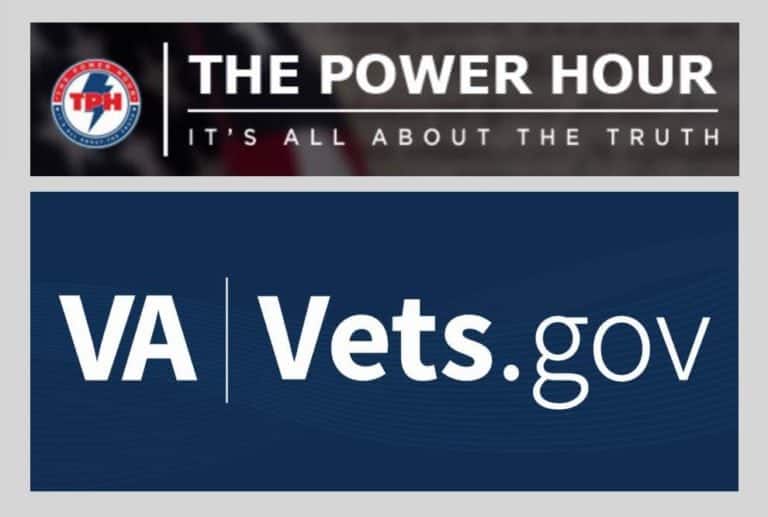Record-Breaking $456B VA Budget Clears Senate Panel — What It Means for Vets
The Senate Appropriations Committee has advanced a record $456 billion budget for the Department of Veterans Affairs for Fiscal Year 2026, signaling broad bipartisan support for strengthening veteran programs, benefits, and healthcare. (Military Times, July 17)
This proposal matches or exceeds prior budget targets set by the White House and the House, but with a cleaner path forward thanks to fewer policy fights attached — an important signal for veterans and their families who depend on uninterrupted funding.
Breaking Down the $456B
According to the committee summary, the funding includes:
- ~$300.4 billion in mandatory benefits — including disability compensation, pensions, and education benefits.
- ~$133–134 billion in discretionary programs, with $113.8 billion specifically for VA medical care.
- Advance appropriations for FY2027, ensuring stability for both medical care and benefits in case of political gridlock. (Senate Summary PDF)
Why This Matters for Disabled Veterans …
- Predictable Care:
Advance appropriations mean less risk of care interruptions due to delayed budgets. - Improved Benefits Processing:
Additional VBA resources could help reduce the claims backlog, especially for PACT Act toxic exposure claims. - Mental Health & Specialty Care:
Funding stability allows VA to recruit and retain medical staff in critical areas like mental health, spinal cord injury treatment, and prosthetics. - Community Care Access:
Expanded funding can help rural veterans access care outside VA facilities when needed.
Senate vs. House Versions
The House passed its $435B plan in late June, but with more contentious policy riders. The Senate’s version is not only larger — it’s cleaner, increasing the chances of passing a final bipartisan bill without major delays. (House Coverage)
Voices from the Hill …
“This budget demonstrates our continued commitment to those who served — providing the resources they need without unnecessary political gamesmanship.” ~ Senate Appropriations Committee leadership, July 17, 2025
Veteran advocates have also praised the move, noting that stable funding is a prerequisite for tackling staff shortages, backlog challenges, and expanding mental health services.
What Veterans Should Do Now …
- Track local VA service availability — staffing and appointment times may shift as budgets are finalized.
- File claims early — getting into the system before FY2026 begins may help you benefit from increased resources sooner.
- Engage with lawmakers — let them know higher funding directly impacts your care and benefits.
Final Thoughts – Veteran Care Finally a Priority?
While this funding package is not yet law, its bipartisan support and historic size make it one of the most promising developments for veterans in recent years. If passed in its current form, FY2026 could bring meaningful improvements in care access, benefits processing, and mental health services.
The message is clear: Congress is signaling that veteran care is a priority — and veterans should be ready to hold them to that promise.



Just imagine how much healthcare vets could be receiving without the bloated wreck of a shit ship, VHA, a failed healthcare system.
Wipe the VHA off the map and be more lenient with compensation and pension.. simple as that. Less than or equal to the number dying WITH this system in place means it won’t really be missed. I call bullshit on this system being a net positive.
Those scum at VA have been denying care for spinal disk herniations for decades, and they won’t just turn around and start doing it just before they have more money. And they won’t invite back the people they’ve fucked and they left either. What they will do though is keep building clinics to the tune of tens or hundreds of millions of dollars. The VA is a rotten scam full of lawless crooks, incompetents, and lunatics. It’s the biggest bullshit system in human history.
Rhett Puder moved to n*gger town Charleston then began to complain about drugs and n*ggers. Like what did you expect? Did he have his head up his dumbass again?
Sad that USA government can’t be a vehicle to bring the greatest amount of good for the most people. Instead, political games, snake oil selling, defending bad policy to the death, and in the case of VHA, simply shielding people from the consequences of their Incompetence and lawlessness. Our political system is broken.
I can’t even get enough pain medication for once a week from the VA. That’s like 10 pills a month. That’s not even enough to cause addiction. VA is guilty of denial of care. People who need pain medication and can’t get it might get it from the streets. Don’t hand me some bullshit narrative about people getting addicted from over prescribed pills. They have people in pain ready to shoot themselves. You think those people give a fuck about fentanyl overdose?
Just think about what all that money could do for veterans if it actually went towards veterans healthcare instead of who knows where. Up someone’s ass who works for VA. They’ll simply door greeters and burn all the money up before they authorize a higher standard of care. They still need to be sued for the rights violations and lawlessness that has happened there over the past decade or more.
Amen to that!
Yeah right. Still denial of care for debilitating cervical spine disk herniations. Denial of care is part of the culture at VA. Some requests don’t even go any higher than the doctor. They’ll simply authorize more treatments for little bullshit that doesn’t cost much but doesn’t actually fix the problem. Also still not one pain pill will be given.